Cooking the perfect lechon – that iconic Filipino roast suckling pig – can be a rewarding but tricky endeavor. From uneven cooking to tough skin, there are a few common pitfalls that can trip up even seasoned lechon chefs. But don’t worry, we’re here to guide you through these challenges step-by-step so you can serve up a lechon that will have your family and friends raving.
Get that Skin Crackly
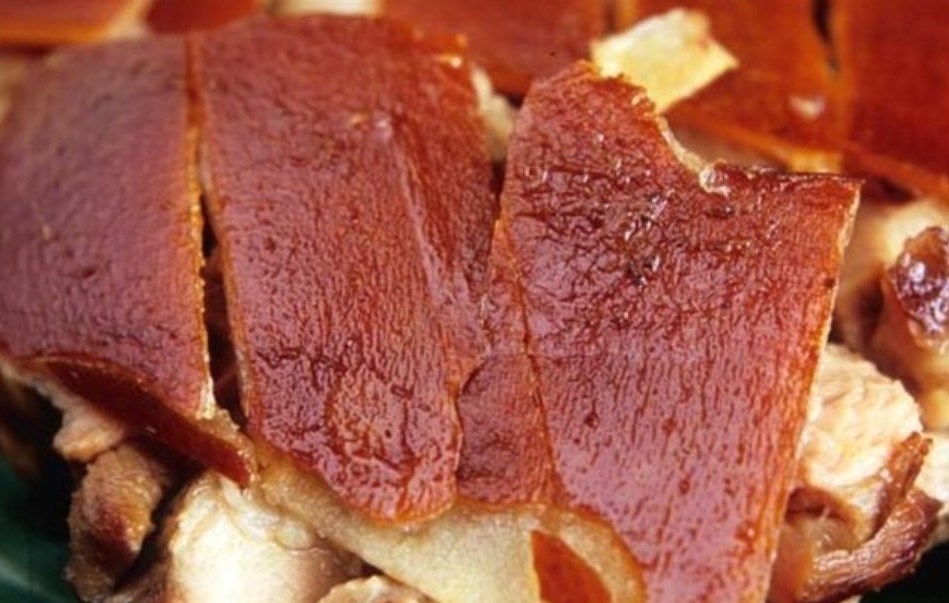
One of the most frustrating lechon problems is ending up with flabby, rubbery skin instead of the desired crackly, golden goodness. The secret to achieving that perfect lechon skin is all in the preparation.
First, make sure to thoroughly dry the skin with paper towels before seasoning. Any moisture left on the skin will steam rather than crisp up in the oven. Use a sharp knife to score the skin in a crosshatch pattern, cutting through the fat layer but not into the meat. This helps the fat render out evenly as the lechon cooks, leading to that signature crackly texture.
Next, generously rub the skin all over with coarse salt. The salt helps draw out even more moisture from the skin, as well as adding flavor. For best results, let the salted lechon sit uncovered in the fridge for at least 4 hours, or up to 24 hours. This extended air drying time is key for maximum crispiness.
Some lechon chefs also like to further enhance the skin by rubbing it with a bit of oil or melted pork fat before roasting. This extra layer of fat helps the skin brown and blister in the oven. Just be sure not to overdo it – you still want the skin to crisp up, not stay greasy.
When it’s time to roast, position the lechon on a rack set over a rimmed baking sheet. This allows the fat to drip away from the skin as it renders, helping prevent soggy spots. Roast the lechon at a high temperature, around 450°F, to really get that skin crackling.
Baste the lechon periodically with the rendered fat that collects in the pan. This bastes the meat while also helping the skin brown. Keep a close eye on the lechon, rotating it as needed to ensure even cooking.
With a little preparation and vigilance, you can achieve that prized, shatteringly crisp lechon skin every time. Just remember – thoroughly drying, salting, and air drying the skin are the keys to lechon skin perfection.
Avoid Uneven Cooking

Nothing’s more disappointing than slicing into a lechon only to find that one part is perfectly cooked while another is dry and overcooked. Uneven heating is a common lechon pitfall, but there are a few techniques you can use to ensure every bite is juicy and tender.
First and foremost, make sure to truss the lechon tightly before roasting. Trussing the pork helps it hold its shape, which in turn allows heat to circulate all around evenly. Use kitchen string to firmly tie the legs and wings close to the body, and secure the head in place.
Some lechon chefs also like to use a rotisserie spit to cook their lechon. The slow, even rotation helps eliminate hot and cool spots in the oven, resulting in uniformly cooked meat. If you don’t have a rotisserie, you can achieve a similar effect by periodically rotating the lechon 90 degrees during the cooking time.
Another tip is to use a meat thermometer to monitor the lechon’s internal temperature as it cooks. Aim to pull the lechon from the oven when the thickest part of the meat registers around 195-200°F. This ensures the entire roast has reached the perfect level of doneness.
If you notice certain areas cooking faster than others, you can try shielding them with aluminum foil to slow down the browning. Just be careful not to wrap the whole lechon, as that will prevent the skin from crisping up properly.
Preventing a Dried-Out Interior
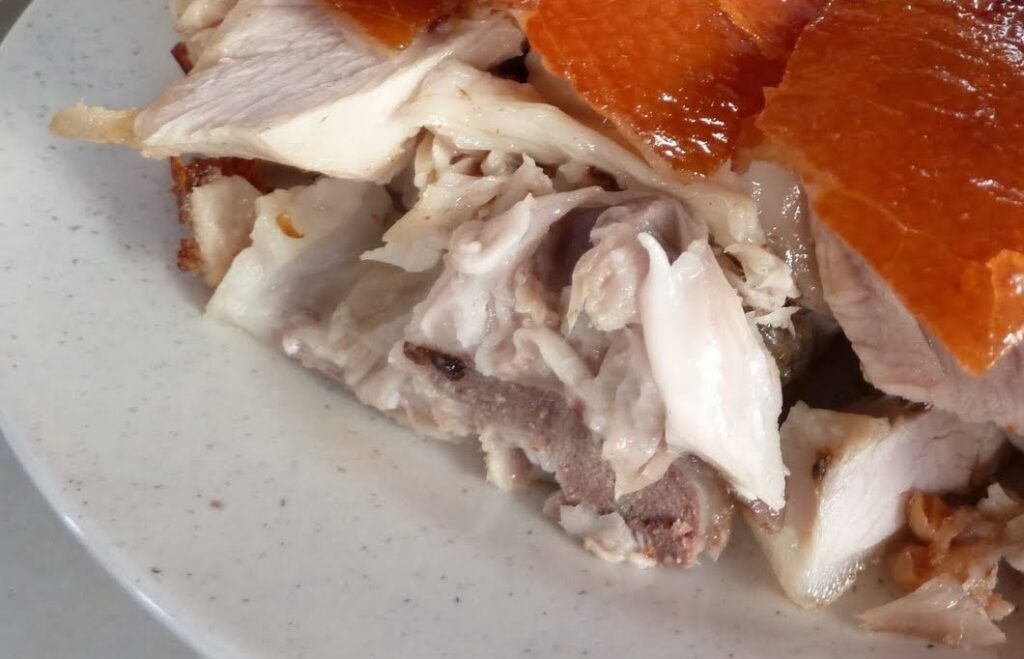
Sometimes, no matter how juicy the lechon looked when it came out of the oven, slicing into it reveals a disappointingly dried-out interior. This is another common lechon challenge, but there are a few tricks you can use to lock in that precious moisture.
One effective technique is to brine the lechon before cooking. Brining the pork in a saltwater solution helps the meat retain moisture and stay juicy even after long roasting times. For a basic brine, dissolve 1/2 cup of salt in 1 gallon of water. Submerge the whole lechon in the brine and refrigerate for 12-24 hours, flipping halfway through.
When it’s time to roast, make sure to pat the lechon very dry with paper towels before seasoning. Any excess moisture on the skin will just steam the pork rather than crisping it up.
Throughout the cooking process, baste the lechon generously with its own juices every 30 minutes. This self-basting helps keep the meat moist and tender. You can also use a turkey baster or clean kitchen brush to redirect any juices that pool in the bottom of the pan back over the lechon.
Another option is to inject the lechon with a flavor-boosting marinade before cooking. Using a meat injector, you can distribute a savory liquid mixture of broth, wine, or even a flavored butter deep into the pork. This infuses the meat with extra moisture and seasonings.
If you notice the lechon browning too quickly on the outside while the interior is still undercooked, you can try tenting it loosely with foil. This slows down the exterior browning to give the center more time to cook through without drying out.
Ultimately, the key to preventing a dried-out lechon interior is to employ a combination of brining, basting, and temperature monitoring. With a little extra prep work, you can ensure every bite of your lechon is juicy, tender, and packed with flavor.
Choosing the Right Lechon
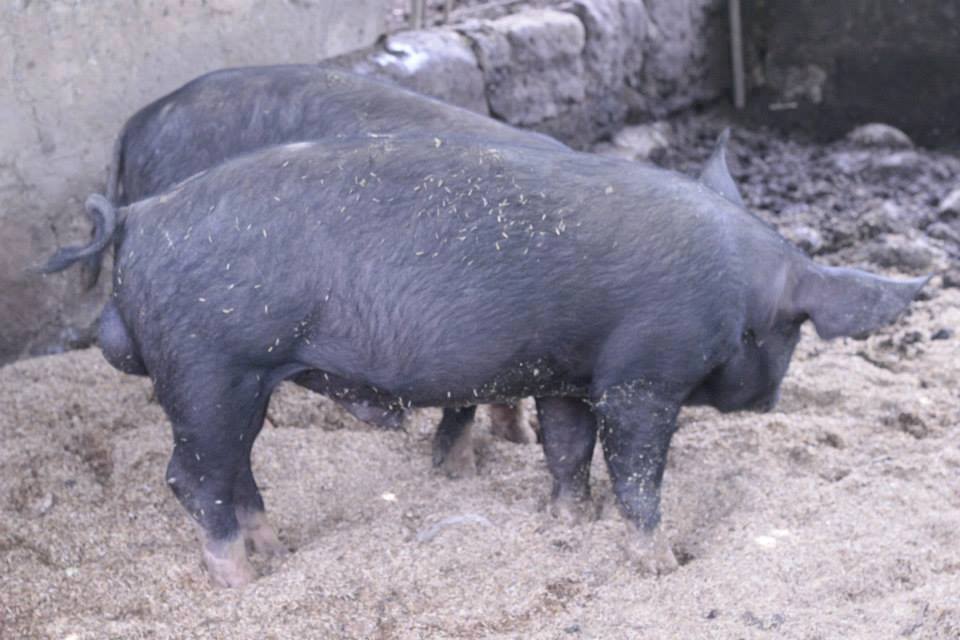
Of course, even the best cooking techniques won’t save a lechon that starts out subpar. Choosing the right cut of pork is crucial for achieving lechon perfection.
Ideally, you’ll want to source a young, milk-fed suckling pig weighing between 8-12 lbs. Suckling pigs have a higher fat content and more tender, delicate meat compared to older hogs. The smaller size also makes them easier to cook evenly.
Avoid pigs that are too large, as they’re more prone to drying out before the skin crisps up. And steer clear of older breeding sows, which tend to have tougher, stringier meat.
When selecting your lechon, look for a pig with smooth, unblemished skin that’s free of any cuts or bruises. The skin should have an even, pinkish-white color. Gently press on the skin – it should feel firm but still have a bit of give.
Avoid pigs that seem overly lean, as the lack of fat can lead to a dried-out interior. You also don’t want a lechon that’s too chunky and thick, as that makes it harder to cook through evenly.
If possible, order your lechon from a reputable Filipino market or specialty butcher. They’ll be able to recommend the best size and type of pig for roasting. And don’t be afraid to ask questions – a good lechon vendor will be happy to share their expertise.
Once you have your lechon, handle it with care. Transport it home carefully to avoid any bumps or jostling that could damage the skin. Store the pork uncovered in the fridge until you’re ready to cook, which helps the skin dry out further.
With the right pork and a bit of prep work, you’re well on your way to lechon perfection. Just remember – choosing a high-quality suckling pig is the first crucial step towards an unforgettable roast.
Seasoning Secrets
While the cooking process is essential, the flavors you infuse into your lechon can make all the difference. The right seasoning blend can take your lechon from good to out-of-this-world.
Many traditional lechon recipes call for a simple salt and pepper seasoning, letting the natural pork flavor shine. But you can also get creative with bold, aromatic spices and herbs. Filipino lechon is often seasoned with a blend of garlic, onions, bay leaves, and citrus.
For a classic lechon flavor, rub the entire pork inside and out with minced garlic, sliced onions, and coarse salt. You can also stuff the cavity with lemongrass, kaffir lime leaves, or fresh herbs like rosemary and thyme.
Another popular seasoning approach is to make a marinade or paste to rub all over the lechon before cooking. Blend together ingredients like soy sauce, vinegar, brown sugar, and spices like black pepper, cumin, and chili powder. Let the lechon marinate in the fridge for at least 4 hours, or up to 24 hours for maximum flavor.
Some lechon chefs like to get creative with their seasoning blends, incorporating nontraditional ingredients like smoked paprika, five-spice powder, or even coffee grounds. Feel free to experiment and find a flavor profile that suits your tastes.
No matter which seasoning route you choose, be sure to really rub the spices and herbs all over the lechon, including the skin. This helps the flavors penetrate deep into the meat for a truly mouthwatering result.
You can also baste the lechon periodically during cooking with the rendered fat and juices that collect in the pan. This self-basting technique bastes the meat in its own delicious juices for extra moisture and flavor.
With a little creativity and attention to seasoning, you can take your lechon to new flavor heights. Don’t be afraid to put your own spin on this iconic Filipino dish.
Rounding Out the Meal
Of course, a perfectly cooked lechon is just the star of the show. To create an unforgettable lechon feast, you’ll want to round out the meal with some tasty Filipino side dishes.
No lechon spread is complete without a selection of dipping sauces. A classic lechon sauce is made by simmering the rendered lechon fat and juices with vinegar, soy sauce, garlic, and chili peppers. The tangy, spicy sauce provides the perfect counterpoint to the rich, savory lechon.
You can also serve lechon with a cool, refreshing liver sauce on the side. Blend cooked chicken or pork liver with vinegar, soy sauce, onions, and spices for a luxuriously creamy dipping sauce.
For a bit of crunchy texture, offer lechon fried rice or Filipino-style garlic fried rice as a side. The crisp, golden grains soak up all the delicious lechon juices. Toss in some diced lechon skin for extra porky flavor.
Pair the lechon with simple vegetable dishes like ensaladang talong (roasted eggplant salad) or pinakbet (mixed vegetables simmered in shrimp paste). The fresh, lightly cooked produce helps balance out the indulgent lechon.
No Filipino feast is complete without a stack of steaming hot pandesal rolls. The soft, pillowy bread is perfect for sopping up any leftover lechon sauce or juices.
And don’t forget the refreshing tropical beverages! Serve pitchers of calamansi juice, chilled dalandan (Philippine orange) soda, or a creamy, frothy halo-halo to round out the meal.
By surrounding your showstopping lechon with an array of vibrant, flavorful sides, you’ll create an unforgettable Filipino feast that will have your guests raving. The key is balancing the rich, savory lechon with bright, acidic, and crunchy accompaniments.
Mastering the Art of Lechon
Cooking the perfect lechon takes skill, patience, and a bit of trial and error. But with the right preparation techniques and a keen eye for detail, you can absolutely master this iconic Filipino dish.
Remember, the keys to lechon success are:
- Thoroughly drying and salting the skin for maximum crispiness
- Trussing the pork tightly to ensure even cooking
- Basting frequently with the rendered fat and juices
- Brining the meat beforehand to lock in moisture
- Selecting a high-quality, milk-fed suckling pig
And don’t be afraid to get creative with your seasoning blend. While classic Filipino flavors are delicious, you can also put your own spin on lechon by incorporating new spices and herbs.
How Teryos Lechon Perfects the Art of Lechon
As one of the most renowned lechon purveyors in the Philippines, Teryos Lechon has truly mastered the art of roasting the perfect suckling pig. They incorporate all the key techniques outlined in this article to consistently deliver lechon that is a sight to behold and a delight to devour.
Teryos starts with meticulously sourcing the highest quality pigs that are the ideal size and age for optimal tenderness and flavor. Their expert butchers then carefully score and prepare the skin, ensuring it dries out thoroughly before seasoning to achieve that signature crackly crunch.
During the roasting process, the Teryos team keeps a close eye on the lechon, trussing it tightly and rotating it periodically to guarantee even, consistent cooking from head to tail. They baste the pork regularly with its own rich, savory juices, locking in maximum moisture.
It’s this unwavering commitment to quality, technique, and tradition that has made Teryos Lechon a beloved household name throughout the Philippines. Whether you’re hosting a special occasion or simply craving an iconic Filipino feast, Teryos delivers lechon perfection in every bite.
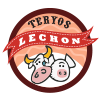
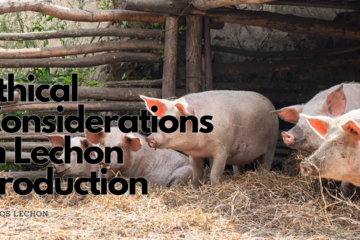
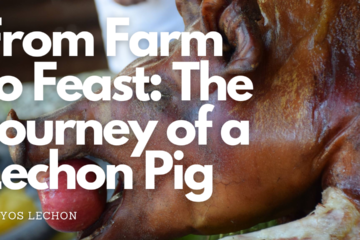

0 Comments